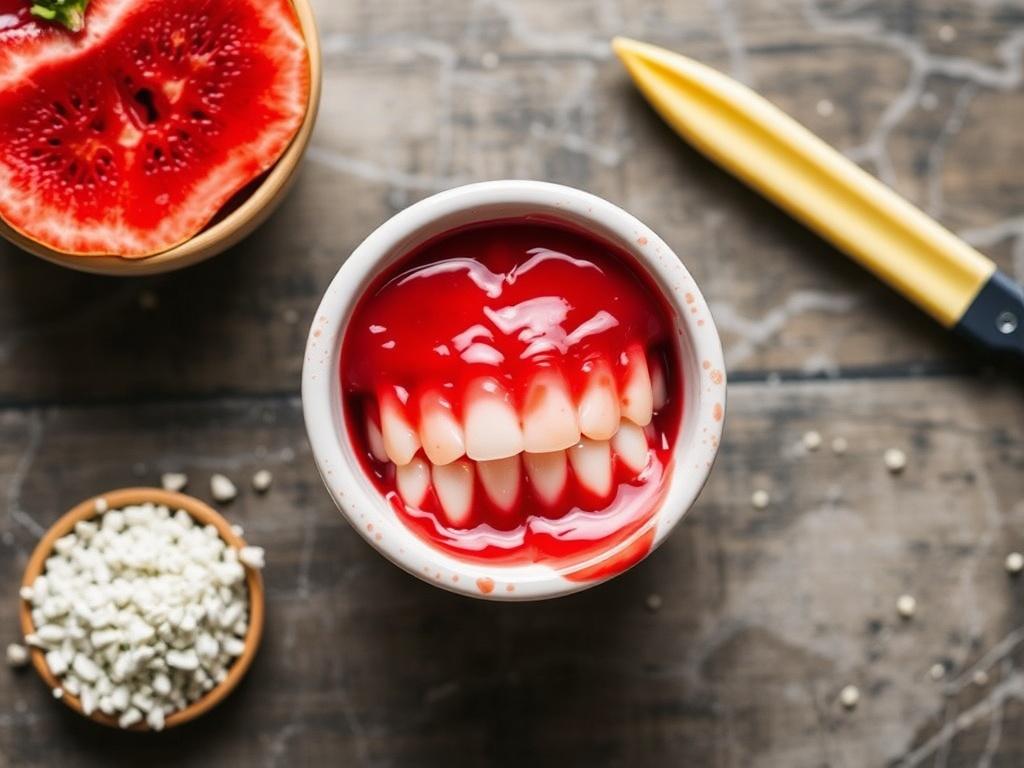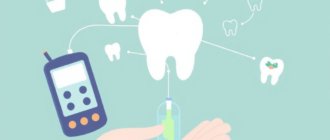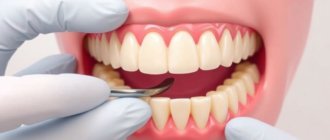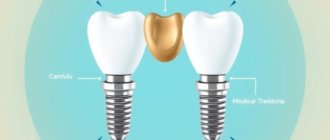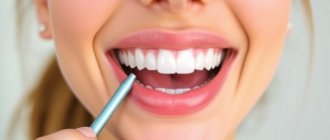Our smile is often one of the first things people notice, and having bright, white teeth can boost confidence and make a great impression. But did you know that what you eat and drink can have a significant impact on the color of your teeth? Foods that stain your teeth are more common than you might think, and understanding which ones to watch out for is a crucial step toward maintaining a radiant smile. In this article, we’ll explore the science behind tooth staining, identify the main culprits among foods and drinks, and provide practical advice on how to enjoy your favorite meals without sacrificing your pearly whites.
Содержание
- 1 Why Do Foods Stain Your Teeth?
- 2 Common Foods and Drinks That Stain Your Teeth
- 3 How Often and How You Consume Matters
- 4 The Role of Dental Hygiene in Combating Stains
- 5 Natural Remedies to Counteract Tooth Staining
- 6 Foods That Help Keep Your Teeth Bright
- 7 When to See a Dentist for Tooth Discoloration
Why Do Foods Stain Your Teeth?
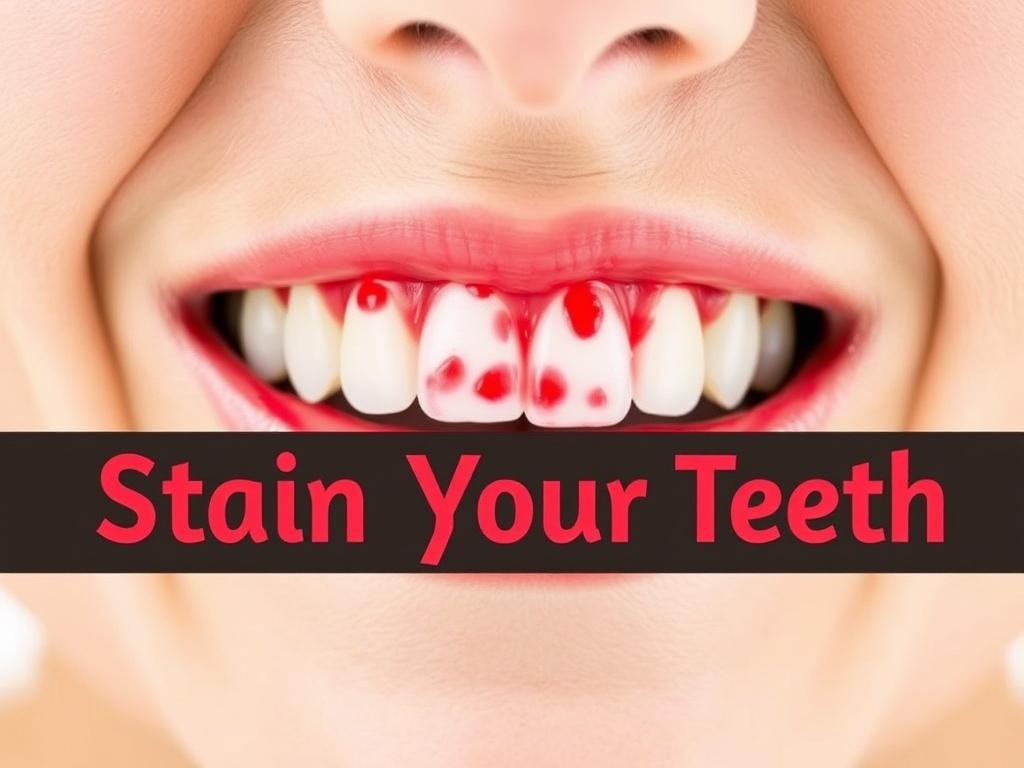
Before diving into the specifics, it helps to understand why some foods cause staining. Our teeth have an outer layer called enamel, which is a hard, protective covering. Beneath this layer lies dentin, which is naturally yellowish. When enamel becomes stained or eroded, the yellowish dentin may show through, making teeth look dull or discolored.
Stains from foods generally fall into two categories: extrinsic and intrinsic. Extrinsic stains affect the surface of the enamel and are usually caused by pigments called chromogens found in certain foods and drinks. These pigments can stick to the enamel’s surface. Intrinsic stains occur deeper within the tooth, often due to trauma, medications, or excessive fluoride, and are tougher to remove.
How Foods Cause Extrinsic Stains
Most foods that stain your teeth contain deeply pigmented molecules or acids that can weaken enamel. Dark-colored foods and beverages such as coffee, tea, and red wine are notorious for their staining potential. Chromogens in these foods bind to enamel, causing surface discoloration. Acids in certain foods can erode enamel slightly, making it easier for pigments to penetrate the teeth.
It’s not just the color but also texture and frequency of consumption that can influence the degree of staining. Sticky foods, for instance, cling to teeth longer, increasing exposure. Similarly, frequent snacking or sipping on staining drinks throughout the day compounds the problem.
Common Foods and Drinks That Stain Your Teeth
You might be surprised at how many everyday items contribute to tooth discoloration. Here’s a list of some of the most common foods that stain your teeth, along with a brief explanation of why.
| Food or Drink | Why It Stains | Tips to Reduce Staining |
|---|---|---|
| Coffee | Rich in tannins, coffee can create stubborn stains by binding to tooth enamel. | Use a straw, rinse mouth afterward, brush teeth 30 minutes later. |
| Black Tea | Contains tannins similar to coffee, leading to discoloration, especially with heavy consumption. | Limit intake, drink water alongside, or opt for lighter teas such as green tea. |
| Red Wine | Deep pigmentation and acidity erodes enamel and deposits color pigments. | Drink in moderation, rinse with water, and wait before brushing. |
| Cola and Dark Sodas | Acidic nature erodes enamel, plus dark caramel coloring stains teeth. | Choose clear sodas sparingly, drink with meals, and use a straw. |
| Berries (Blueberries, Blackberries) | Highly pigmented fruit juices easily cling to the enamel. | Rinse and brush teeth after eating; enjoy in moderation. |
| Tomato-Based Sauces | Acidic and deep red pigment can cause staining after frequent consumption. | Consume with cheese to neutralize acid, rinse after meals. |
| Curry and Turmeric | Strong yellow pigments can stick to your teeth, especially in powders and sauces. | Rinse mouth well, brush regularly, use whitening toothpaste. |
| Beets | Natural red pigments can leave vivid stains. | Eat cooked rather than raw, don’t linger with beet juice. |
| Soy Sauce and Balsamic Vinegar | Dark and acidic, they can contribute to surface staining. | Rinse mouth after use, balance with crunchy vegetables. |
Other Less Obvious Culprits
Beyond the obvious, some foods and habits also contribute to staining but might surprise you. For example, sports drinks, often clear or brightly colored, contain acids that wear away enamel making teeth more vulnerable to stains. Similarly, smoking or chewing tobacco is a major cause of severe tooth discoloration, far worse than most foods.
Even some candies and sweets with heavy artificial coloring may leave temporary stains, particularly if your teeth already have some enamel wear.
How Often and How You Consume Matters
It’s important to realize that even the healthiest foods can stain teeth if consumed excessively or improperly. Taking constant sips of coffee or tea throughout the day, for example, keeps pigments and acids on your teeth longer, increasing staining risk. On the other hand, having coffee in one sitting followed by brushing or rinsing can reduce accumulation.
Similarly, eating certain foods with other items that help neutralize acids – like dairy products – can protect enamel. Cheese, for instance, increases saliva production which helps wash away staining pigments.
Tips for Minimizing Food Stains on Teeth
Here are some simple and practical lifestyle changes you can try that help reduce tooth staining caused by foods:
- Use a straw for drinks like coffee, tea, and sodas to limit contact with teeth.
- Rinse your mouth with water immediately after eating or drinking staining foods.
- Brush your teeth about 30 minutes after consuming acidic or pigmented foods to avoid enamel damage.
- Incorporate crunchy fruits and vegetables like apples and carrots that naturally clean teeth while chewing.
- Consider whitening toothpaste or periodic professional cleanings for maintaining brightness.
- Limit frequency of consumption rather than total quantity when possible.
The Role of Dental Hygiene in Combating Stains
No matter what you eat, proper dental hygiene provides the best defense against stains. Regular brushing, flossing, and dental check-ups are foundational to keeping your teeth healthy and bright. A good toothpaste with mild abrasives and whitening agents can remove surface stains caused by food pigments.
Professional cleanings by your dentist remove plaque and tartar, both of which tend to trap pigments from food, worsening discoloration. If stains persist despite home care, professional whitening treatments are available that significantly brighten teeth with minimal discomfort.
How to Brush Properly After Staining Foods
After eating foods that stain your teeth, timing your brushing is key. The acids in foods like soda, citrus, and tomato sauce temporarily soften the enamel. Brushing immediately after consuming these can erode enamel further. It’s recommended to wait at least 30 minutes before brushing to allow saliva to naturally remineralize your teeth.
In the meantime, rinse your mouth with water or chew sugar-free gum to stimulate saliva production and wash away staining agents.
Natural Remedies to Counteract Tooth Staining
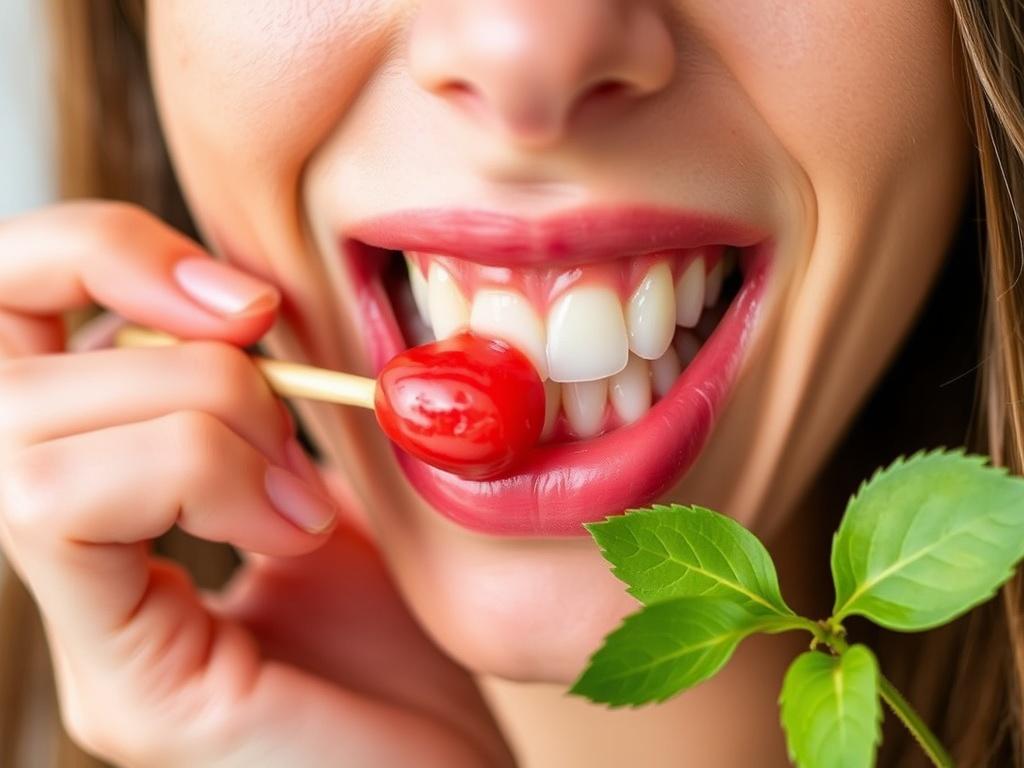
Many people seek natural or DIY ways to brighten their teeth and reduce stains caused by foods. While these can sometimes help, it’s important to approach them with care to avoid damaging enamel.
- Baking Soda: A mild abrasive that can help remove surface stains when used occasionally. Mix with water and brush gently no more than once or twice weekly.
- Oil Pulling: Swishing coconut or sesame oil in your mouth may help reduce plaque and bacteria, potentially reducing yellowing over time.
- Strawberry Paste: Strawberries contain malic acid, which can brighten enamel but also erode if overused. Use infrequently.
- Activated Charcoal: Popular for its absorbent properties, but abrasive and should be used sparingly with caution.
Always consult your dentist before trying home remedies extensively.
Foods That Help Keep Your Teeth Bright
While many foods can stain your teeth, some actually help maintain or improve tooth whiteness. These foods mechanically clean your teeth or neutralize acids.
| Food | How It Helps |
|---|---|
| Apples | Crunchy texture stimulates saliva and scrapes away stains. |
| Carrots | Increase saliva flow and act as a natural toothbrush. |
| Cheese | Neutralizes acids, supplies calcium, and strengthens enamel. |
| Celery | Crunch and high water content clean teeth and freshen breath. |
| Water | Rinses away food particles and reduces acid build-up. |
Including these foods in your diet alongside moderation of staining foods is a balanced approach to oral health.
Balancing Enjoyment and Oral Care
It’s important to remember that you don’t have to give up coffee, tea, or a good tomato sauce forever just to keep your teeth white. Awareness and moderation are key. Enjoy your favorite foods and drinks, but pair them with good dental habits and smart choices to minimize staining. After all, a healthy lifestyle is a smile’s best friend.
When to See a Dentist for Tooth Discoloration
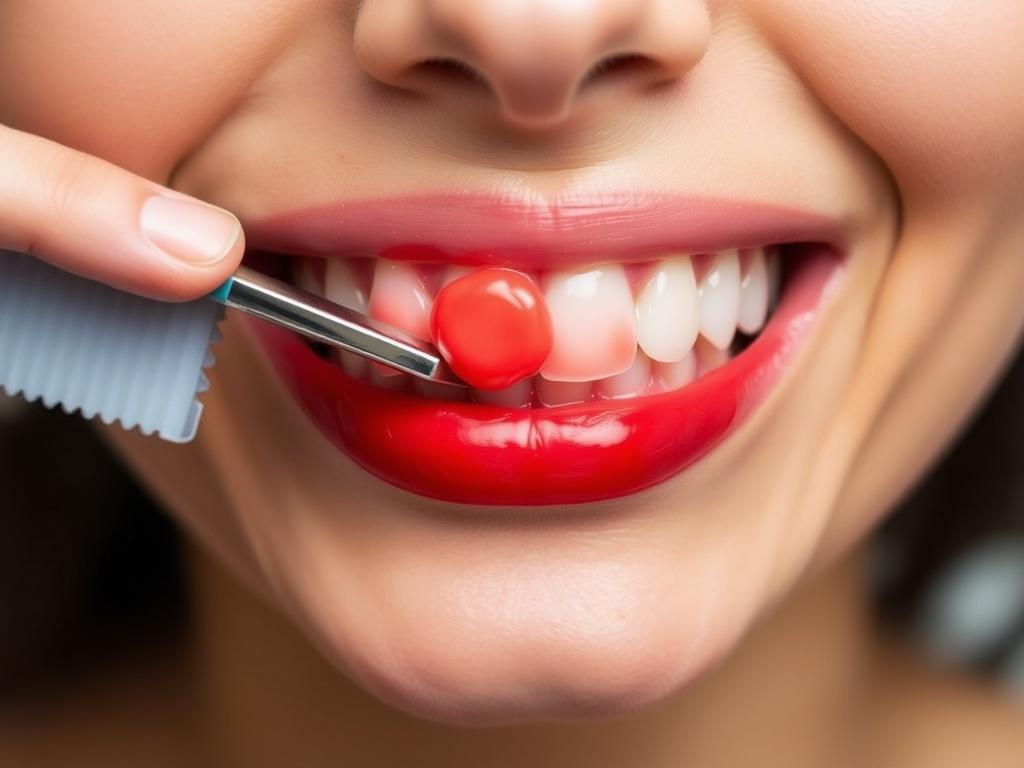
Despite your best efforts, sometimes tooth stains become persistent or worsen over time. If you notice that your teeth are dull, yellowing, or brownish with good home care, it’s time to consult a dental professional.
Dentists can determine if stains are extrinsic or intrinsic and recommend appropriate treatments such as:
- Professional cleaning and polishing to remove surface stains
- In-office whitening procedures for deeper brightening
- Veneers or bonding for severe discoloration or enamel damage
Also, any sudden discoloration or changes in tooth color unrelated to food stains should be examined promptly as they could signal underlying dental issues.
Conclusion
Understanding which foods stain your teeth and why empowers you to enjoy your meals without compromising your smile. From everyday staples like coffee and tea to vibrant berries and flavorful sauces, many common foods carry pigmentation and acidity that challenge tooth whiteness. However, by moderating intake, practicing good oral hygiene, rinsing or brushing properly after meals, and incorporating enamel-friendly foods, you can keep your teeth bright and healthy. Regular dental visits and professional cleanings complete the picture, ensuring that stains don’t get the better of your smile. Remember, a radiant smile isn’t just about avoiding certain foods—it’s about balance, care, and making informed choices that suit your lifestyle.

